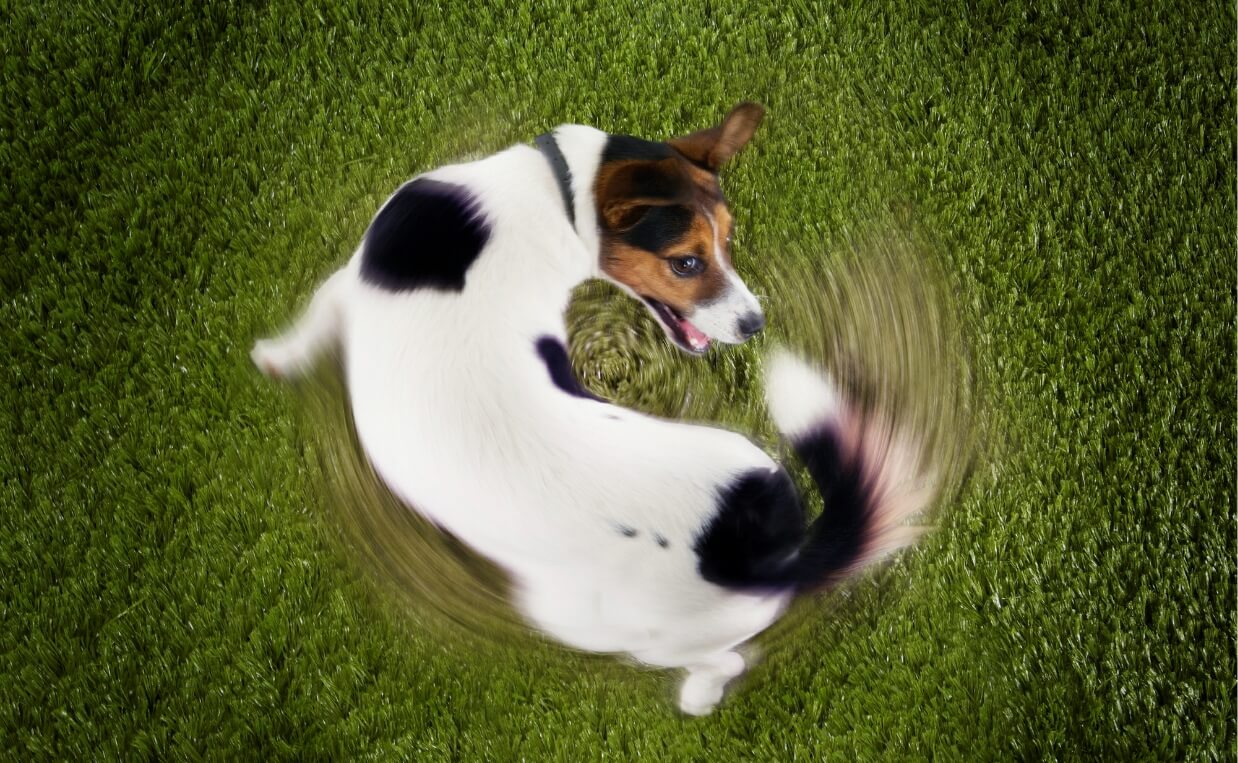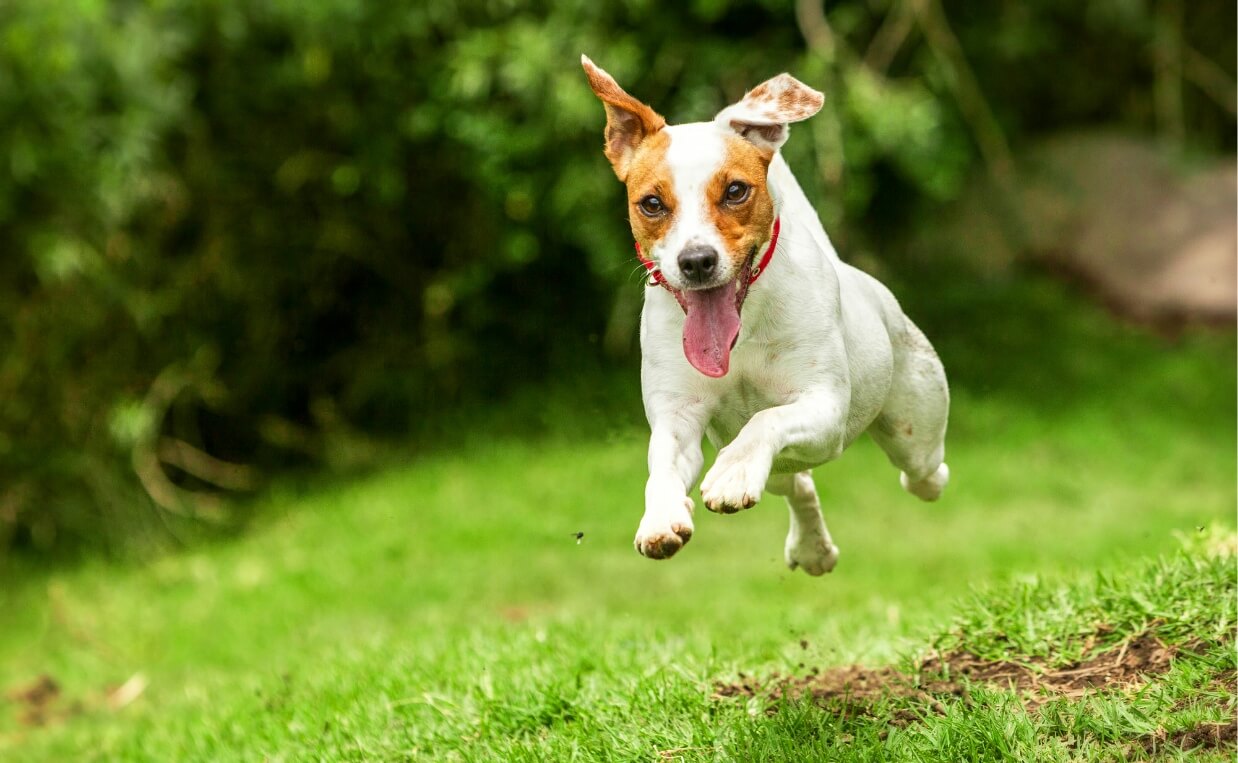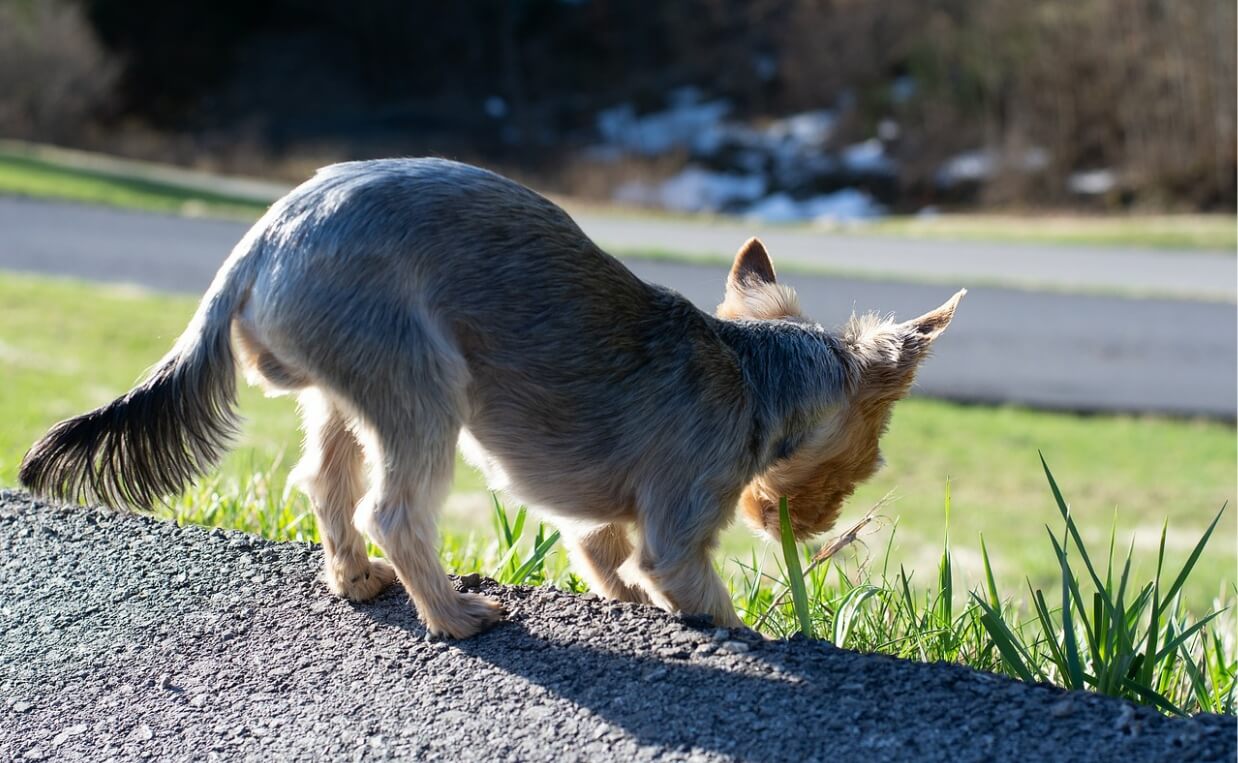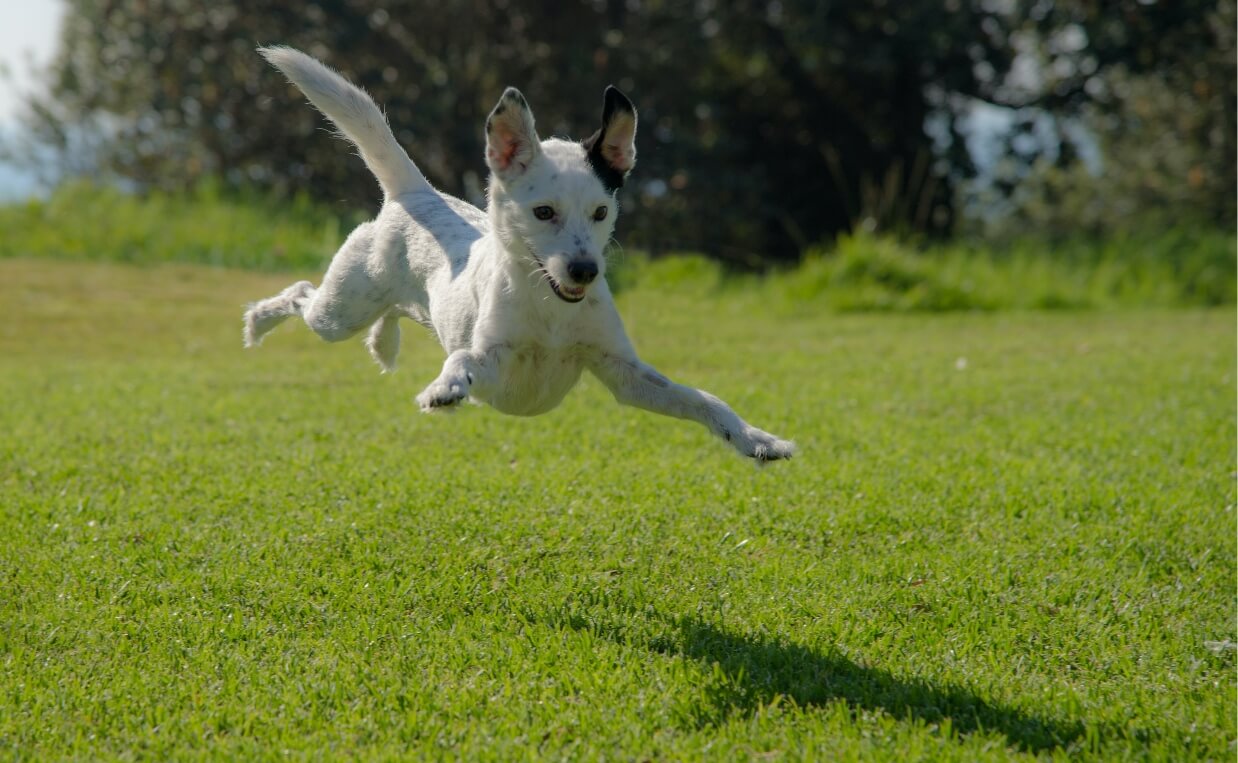
Dogs have been our faithful companions for thousands of years, yet their behaviors sometimes leave us puzzled and intrigued. From quirky habits to bizarre antics, dogs exhibit a wide range of behaviors that may seem strange to us humans. However, many of these behaviors can be traced back to their evolutionary roots, instincts, and unique communication systems. In this blog post, we will delve into some of the most common strange dog behaviors and shed light on the reasons behind them.

-
Tail Chasing: A Whirlwind of Fun or Something More?
One of the most classic and entertaining dog behaviors is tail chasing. While it may seem like a comical act, there can be underlying reasons behind this behavior. Tail chasing can be a manifestation of several factors, including boredom, excess energy, or even compulsive behavior. In some cases, it could also be a sign of anxiety or discomfort. Providing mental and physical stimulation, along with positive reinforcement training, can help curb this behavior.

-
Rollin’ in the Grass: Why Do Dogs Love to Get Dirty?
Have you ever witnessed your dog rolling ecstatically in the grass or mud? Although it might leave you perplexed, this behavior has deep roots in a dog’s ancestral past. Rolling in grass or other odorous substances is an instinctual behavior that can serve various purposes. Dogs may roll to mask their own scent and blend in with their environment, to mark territory, or to communicate with other dogs. Additionally, rolling can also help them relieve itchiness or remove debris from their fur.

-
Zoomies: When Energy Takes Over
Zoomies, also known as the “crazies” or “frenetic random activity periods,” are sudden bursts of energy that dogs exhibit by running at full speed in seemingly random patterns. These episodes of hyperactivity are often seen in puppies or young dogs but can occur in dogs of any age. Zoomies are a natural way for dogs to release excess energy and can be triggered by excitement, playfulness, or even frustration. Providing regular exercise and engaging in interactive play sessions can help prevent zoomies and channel their energy in a positive way.

-
Head Tilt: The Endearing Gesture
The head tilt is an adorable behavior that dogs often display in response to certain sounds or situations. While it may seem like they are trying to comprehend what you’re saying, the head tilt serves a more practical purpose. Dogs have a keen sense of hearing, and the head tilt helps them locate the source of a sound and determine its distance. Additionally, it can also be an expression of curiosity, attentiveness, or an attempt to communicate and seek further interaction with their human companions.

-
Eating Grass: Nature’s Salad Bar?
It’s not uncommon to see dogs munching on grass, even though they are primarily carnivores. While the exact reason why dogs eat grass is not yet fully understood, there are several theories. Some suggest that dogs may eat grass to soothe an upset stomach or induce vomiting to expel something disagreeable. Others propose that grass contains essential nutrients that dogs instinctively seek out. However, if your dog frequently eats grass and shows signs of discomfort or illness afterward, it’s advisable to consult a veterinarian.

-
Shadow Chasing: When Darkness Becomes Alluring
Shadow chasing refers to the behavior of dogs fixating on and chasing shadows. This behavior can be captivating to observe, but it may indicate underlying issues such as obsessive-compulsive tendencies or a high prey drive. Shadows can trigger a dog’s instinct to chase and capture moving objects. Providing mental and physical stimulation, engaging in interactive play, and redirecting their focus to more appropriate toys or activities can help alleviate this behavior.

Conclusion
While dogs are known for their loyalty, love, and playfulness, they also exhibit a range of behaviors that might seem strange to us at first. Understanding the reasons behind these behaviors can deepen our connection with our canine companions and help us provide the care and attention they need. By recognizing that many of these behaviors have evolutionary roots or serve specific purposes, we can better meet our dogs’ physical and emotional needs, creating a harmonious bond between humans and our four-legged friends.
What strange behavior does your dog display? Why do you think your dog exhibits this behavior? Please share in the comments below…

 11 Most Ancient Dog Breeds on Earth
11 Most Ancient Dog Breeds on Earth What to Do If Your Dog is a Picky Eater
What to Do If Your Dog is a Picky Eater Can Dogs Really Count? Exploring the Cognitive Abilities of Canine Companions
Can Dogs Really Count? Exploring the Cognitive Abilities of Canine Companions 10 Tips to Stop Dog Aggression Towards Cats
10 Tips to Stop Dog Aggression Towards Cats 7 Ways to Tell Your Dog You Love Them
7 Ways to Tell Your Dog You Love Them






Leave a Reply